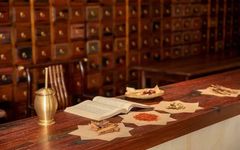Editor’s Note
Phlegm and fluid affect the human body, leading to dysfunction of the organs and various complex pathological changes, making the condition difficult to cure. Today, we present five self-formulated prescriptions by Zhang Xichun that have proven effective in treating phlegm-dampness.
Li Yin Decoction
Indications: This formula is used for conditions caused by deficiency of heart and lung yang, leading to dampness in the spleen that fails to rise, and stagnation in the stomach that fails to descend, resulting in food not being transformed into essence, which is also considered a pathogenic fluid. Symptoms include fullness and oppression in the stomach, shortness of breath due to obstruction in the diaphragm, phlegm accumulation in the lungs causing wheezing, and stagnation in the throat leading to cough with sticky phlegm. In severe cases, the upper jiao may be filled with dampness, preventing the heart and lung yang from circulating freely, leading to heat transformation. Alternatively, if the yin energy forces the yang outward, it may cause body heat and deafness due to the upward floating of yang energy.However, it is essential to diagnose the pulse; only if it is confirmed to be wiry, slow, and weak can this decoction be administered.
Ingredients: Bai Zhu (White Atractylodes) 4 qian, Gan Jiang (Dried Ginger) 5 qian, Gui Zhi (Cinnamon Twig) 2 qian, Zhi Gan Cao (Honey-Fried Licorice) 2 qian, Fu Ling (Poria) 2 qian, Sheng Bai Shao (Fresh White Peony) 2 qian, Ju Hong (Tangerine Peel) 0.5 qian, Chuan Hou Po (Magnolia Bark) 0.5 qian.
Modifications: After taking several doses, if the fluid is opened but the qi is still insufficient, add Sheng Huang Qi (Fresh Astragalus) a few qian.
Formula Explanation: The formula uses Gui Zhi and Gan Jiang to assist the heart and lung yang and promote circulation. Bai Zhu, Fu Ling, and Gan Cao are used to regulate the dampness of the spleen and stomach and facilitate drainage (Fu Ling and Gan Cao together are most effective in draining dampness). The use of Hou Po is based on Ye Tian Shi’s saying that “excessive use of Hou Po can break qi, while a small amount can promote yang,” aiming to utilize its warming and promoting nature to ensure the stomach’s yang can circulate and descend, facilitating the rapid movement of food and fluids. Ju Hong is included to assist Bai Zhu, Fu Ling, and Gan Cao in promoting phlegm and fluid.
As for Bai Shao, if its bitter and neutral nature is utilized, it can prevent the heat from the medicinal herbs from becoming excessive (neutral herbs are primarily descending); if its sour and astringent nature is utilized, it can restrain the floating of deficient heat (the “Shen Nong’s Herbal Classic” states that Bai Shao is bitter and neutral, while later generations describe it as sour and astringent, its taste is indeed bitter yet slightly sour). Furthermore, the heat of the herbs should be suitable for the spleen and stomach, as it may not be appropriate for the liver and gallbladder. Additionally, it has a cooling and moistening nature, which is beneficial for nourishing the yin of the liver and gallbladder, thus preventing heat in these organs. Moreover, it is effective in promoting urination, which can help reduce phlegm and fluid!

Li Phlegm Decoction
Indications: This formula is indicated for phlegm and fluid obstructing the chest and diaphragm, causing fullness and shortness of breath. It may also lead to wheezing and cough if it accumulates in the lungs; if it stagnates in the heart area, it can cause palpitations and insomnia; if it obstructs the stomach, it can lead to bloating and belching; if it overflows into the meridians, it can cause numbness or weakness in the limbs; if it remains in the joints or affects the tendons and bones, it can lead to difficulty in bending and stretching, causing pain; if it causes the liver qi and fire to rise, it can lead to dizziness and an inability to sit or stand.
Ingredients: Sheng Qian Shi (Fresh Euryale Seed) 1 liang, Qing Ban Xia (Fresh Pinellia) 4 qian, Hei Zhi Ma (Black Sesame) 3 qian, Bai Zi Ren (Arborvitae Seed) 2 qian (fried and crushed), Sheng Bai Shao (Fresh White Peony) 2 qian, Chen Pi (Dried Tangerine Peel) 2 qian, Fu Ling (Poria) 2 qian.
Modifications: If this formula is used to treat epilepsy, add Zhu Sha (Cinnabar) or Sheng Tie Luo (Fresh Iron Filings), or use grinding water to decoct the herbs, all of which are acceptable.
Notes: Modern physicians often use the Song Dynasty’s “Er Chen Decoction” as a general remedy for phlegm, believing it to be the ultimate formula for treating phlegm. However, they do not realize that Er Chen Decoction can only address the superficial symptoms of phlegm and not the root cause. Why? The superficial symptoms of phlegm are located in the stomach, while the root cause is in the kidneys. The kidneys govern storage and are associated with the bladder. Their storage ability can sometimes be weak, leading to qi being directed to the bladder. If the bladder expands, it cannot empty like a valley, thus failing to attract the water and fluids from the stomach, which should be quickly excreted as urine. This is the origin of phlegm.
Moreover, the kidneys are located above the blood sea and are associated with the Chong Mai (Penetrating Vessel). This vessel connects to the Yangming (Stomach) and descends to the Shaoyin (Kidney). Because it connects to the Shaoyin, if the qi transformation in the kidneys is not regulated, the Chong qi can easily rise. Since it connects to the Yangming, if the Chong qi rises, the stomach qi will also tend to reverse, failing to descend and transform the water and fluids. This is another origin of phlegm.
This formula uses Ban Xia as the monarch to descend the reversed qi of the Chong and stomach. It heavily employs Qian Shi to gather the Chong qi, while also gathering the kidney qi to strengthen its storage ability. With the qi transformation of the kidneys regulated, the bladder and Chong qi will naturally be treated, thus clearing the root cause of phlegm. The use of Zhi Ma and Bai Zi Ren serves to moisten the dryness of Ban Xia and also supports Qian Shi in nourishing the kidneys.
Using Bai Shao and Fu Ling serves to nourish yin to promote urination; one facilitates urination while the other aids in draining dampness. Chen Pi is included not for its phlegm-transforming ability, but for its qi-moving properties, assisting Ban Xia in descending the reversed qi and also in moving the stagnation of Qian Shi, Zhi Ma, and Bai Zi Ren.
When I first formulated this prescription, I was still young and lacked medical knowledge. A well-respected physician, Mr. Li Longzhang, saw it and praised it greatly, saying that I would surely become a famous doctor in the future. Indeed, this formula has repeatedly proven to be remarkably effective, even in critical phlegm conditions, it can still save lives.


 Long Hao Li Phlegm Decoction
Long Hao Li Phlegm Decoction
Indications: This formula is indicated for phlegm generated from excessive thinking, which in turn generates heat, leading to unrest of the spirit.
Ingredients: Qing Ban Xia (Fresh Pinellia) 4 qian, Sheng Long Gu (Fresh Dragon Bone) 6 qian (crushed finely), Sheng Mu Li (Fresh Oyster Shell) 6 qian (crushed finely), Sheng Zhe Shi (Fresh Hematite) 3 qian (crushed finely), Pu Xiao 2 qian, Hei Zhi Ma (Black Sesame) 3 qian (fried and crushed), Bai Zi Ren (Arborvitae Seed) 3 qian (fried and crushed), Sheng Bai Shao (Fresh White Peony) 3 qian, Chen Pi (Dried Tangerine Peel) 2 qian, Fu Ling (Poria) 2 qian.
Notes: This formula is essentially Li Phlegm Decoction with Long Gu and Mu Li replacing Qian Shi, and adding Zhe Shi and Pu Xiao. The reason for these modifications is that the phlegm addressed by this formula is both deficient and excess. Excess phlegm should be opened, as seen in the use of the mineral-based “Ling Shi Gun Phlegm Pill”; deficient phlegm should be supplemented, as seen in the use of “Kidney Qi Pill” to expel it; for phlegm that is both deficient and excess, a single herb must be able to both open phlegm and supplement deficiency, which is the case with Long Gu and Mu Li in this formula. — The heart and kidneys support each other in regulation. If the kidneys are deficient, the water essence cannot ascend to calm the heart, leading to heat in the heart; conversely, if the heart generates heat due to excessive thinking, it will absorb the true yin of the kidneys for self-rescue, leading to kidney depletion. Thus, both heart and kidney are affected, and the more one thinks, the more heat accumulates, leading to phlegm and fluid stagnation. Only Long Gu and Mu Li can calm the heart and stabilize the kidneys, clear heat, and when used together, Chen Xiuyuan referred to them as divine medicines for treating phlegm, which is indeed a profound statement. Therefore, they are used in place of Qian Shi. However, to prevent excessive phlegm and ensure it is completely eliminated, Zhe Shi and Pu Xiao are added to promote downward movement.
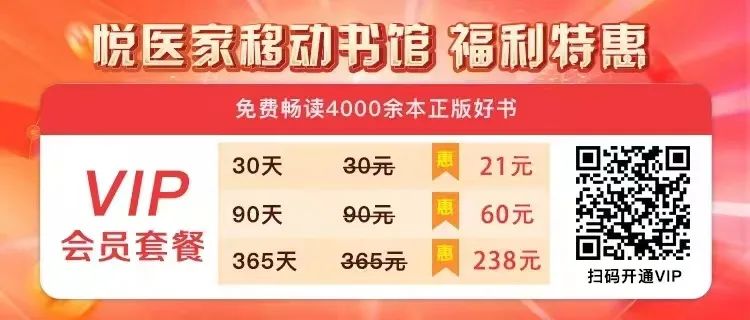
Jian Pi Hua Tan Wan (Spleen Strengthening Phlegm-Transforming Pill)
Indications: This formula is indicated for spleen and stomach deficiency, which fails to transform food, leading to phlegm production. This formula is not only effective in treating phlegm but also significantly increases appetite for those with dietary restrictions. Furthermore, long-term use can also dissolve all accumulations in the abdomen.
Ingredients: Sheng Bai Zhu (Fresh White Atractylodes) 2 liang, Sheng Ji Nei Jin (Fresh Chicken Gizzard) 2 liang (cleaned of impurities).
Usage: Grind the two ingredients finely, roast them over low heat (do not over-roast), and mix with honey to form pills the size of a wutong seed. Take 3 qian each time, washed down with warm water.
Formula Explanation: Bai Zhu is purely endowed with the virtue of earth, serving as the main herb to strengthen and nourish the spleen and stomach. However, due to its earth nature being obstructive, excessive long-term use of Bai Zhu can also lead to stagnation; thus, the addition of Ji Nei Jin, which is effective in dissolving accumulations, serves to balance the nourishing and dispersing actions. This facilitates the transformation of qi in the middle jiao, enhances circulation, and allows the essence to be distributed, clearing the root of phlegm.
When this formula was first proposed, it was originally made into pills with water. However, long-term users occasionally experienced dryness in the throat and constipation. It was later changed to honey pills, which eliminated these issues.

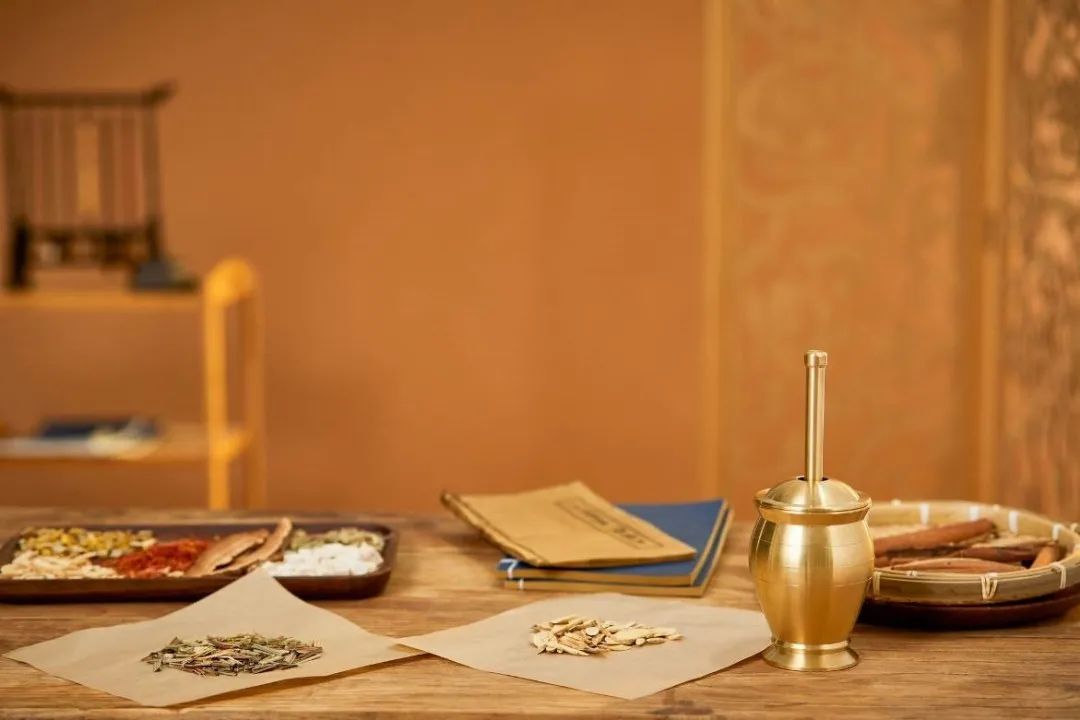
 Book Recommendations
Book Recommendations

Through repeated trials, self-formulated methods have proven effective, and their repeated use has consistently yielded results —
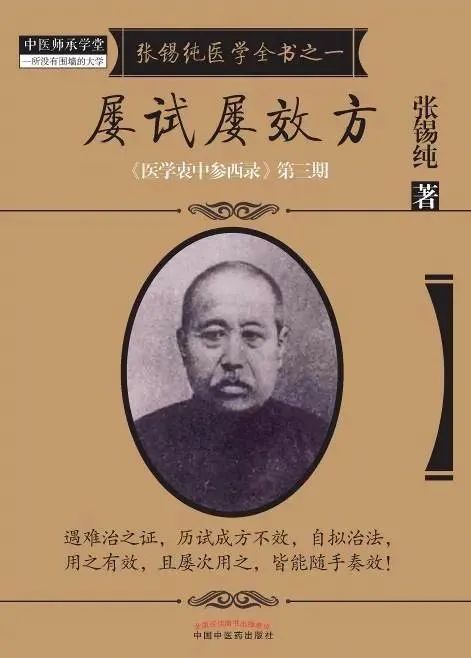
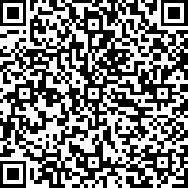
《Repeatedly Tested and Proven Formulas》
Click the cover to enter the Yueyi Family TCM Academy to purchase books
Scan the code for a free trial read
This book is a compilation of Zhang Xichun’s experiences with difficult-to-treat conditions, where he repeatedly tested formulas that were ineffective, leading him to painstakingly develop effective self-formulated methods that have consistently yielded results. This book has received high praise in the medical community: “After testing various formulas, all have proven effective, like the response of drum and stick. Truly a golden elixir for saving lives, a compassionate vessel for the world.”
Learn from Zhang Xichun’s “Medical Records of Traditional Chinese Medicine and Western Medicine” —
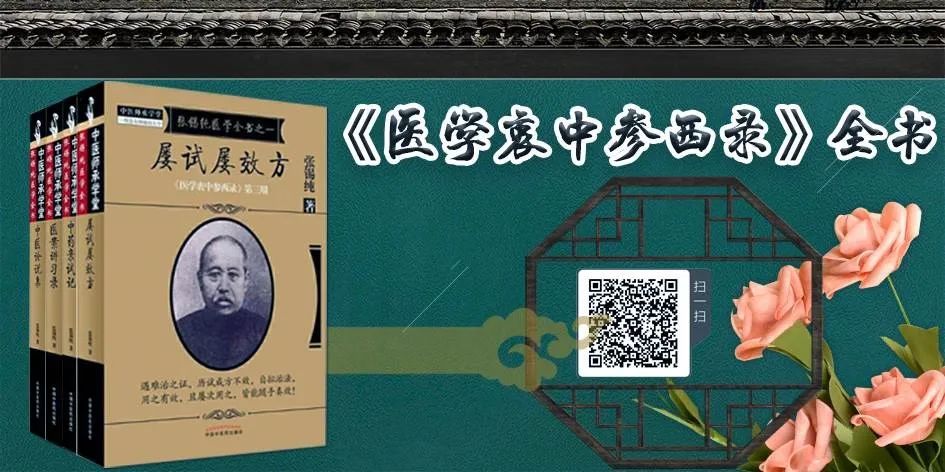

Previous Highlights
RECOMMEND: Understanding the Secrets of Using Jujube in Zhang Zhongjing’s Formulas
Excessive hair loss is a sign of illness! 11 tips to save your receding hairline
Pay attention to these symptoms of declining immunity
 Copyright Statement
Copyright Statement
Some content of this article is selected from “Repeatedly Tested and Proven Formulas” (published by China Traditional Chinese Medicine Press, edited by Zhang Xichun), and the final interpretation rights belong to the original author. This article is recommended and published by Yue Reading TCM (WeChat ID: ydzhongyi). The cover image is sourced from Shetu Network, and the copyright belongs to the original author. If there is any infringement, please contact for deletion. Unauthorized reproduction is prohibited!

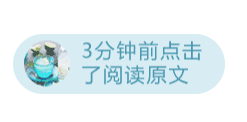 Click“Read the original text” to purchase the recommended books in this article
Click“Read the original text” to purchase the recommended books in this article Share
Share Collect
Collect Click
Click View
View

